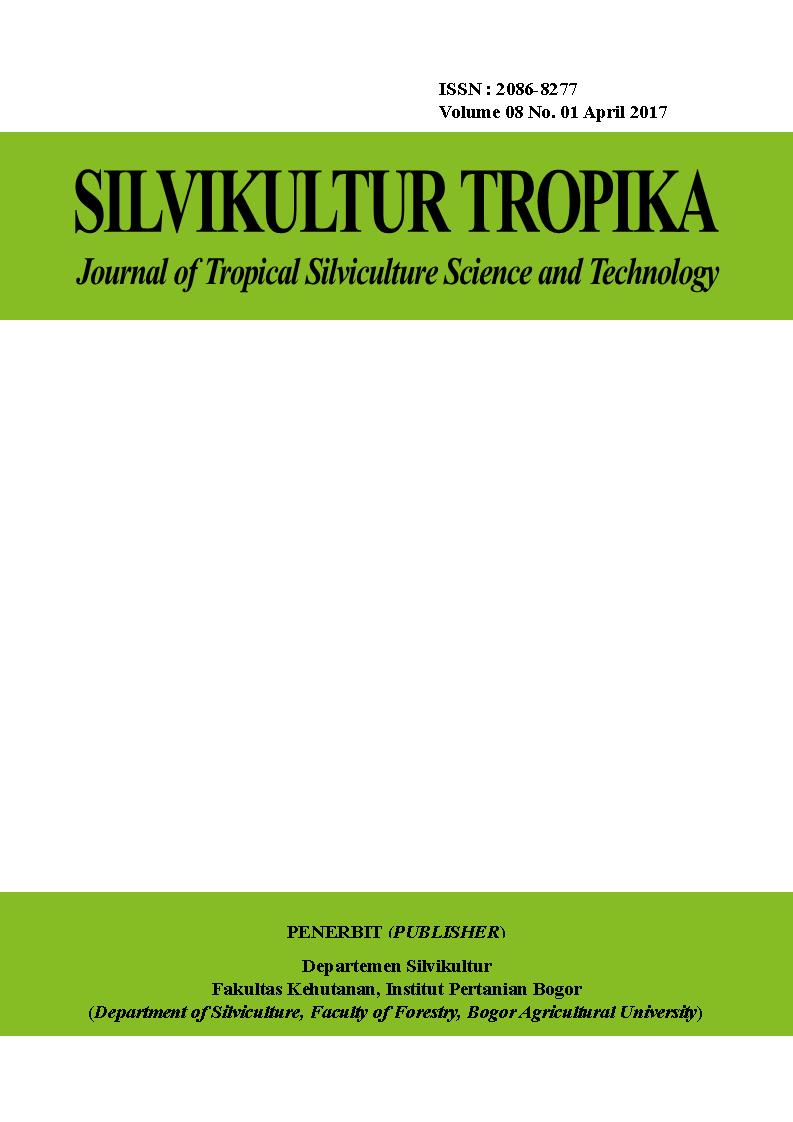KOMPOSISI JENIS MANGROVE DAN PENGETAHUAN MASYARAKAT TERHADAP KAWASAN MANGROVE DESA SAYOANG, HALMAHERA SELATAN, MALUKU UTARA Mangrove Species Compotition and Community Knowledge of Mangrove Area in Sayoang Village, Distric of South Halmahera
Abstract
The area of mangrove forests in Indonesia is currently only spanning as much as 3.4 milion acres, so there is a need for the participation of the government and community to maintain its sustainability. South Halmahera is the district with the largest mangrove area in the North Maluku Province. One of the mangrove areas in the District of South Halmahera is located at Sayoang Village, East Bacan Subdistrict Up until its eleventh founding anniversary, this district have never conducted an inventorizing of its mangroves, both ecological and social studies in the field of public. This study aims to analyze the compotition of mangrove species in Sayoang Village, East Bacan Subdistrict, South Halmahera, and identify the knowledge of surrounding communities of mangrove areas as protected areas. Data were retrieved using sampling method with applications terraced paths, and analyzed by calculating its important value index (INP) and its index value diversity (IVD). The public social data were taken using in-depth interviews and questionnaires. Results obtained from this study show that the mangrove forest in Sayoang Village, East Bacan District, Halmahera, consists of major mangrove species with as many as eleven species belonging to families Rhizophoraceae, Sonneratiaceae, Avicenniaceae, Meliaceae and Myrtaceae, and as many as three species of minor mangrove belonging to families of Loranthaceae, Acanthaceae, and Pteridaceae. The mangrove's species diversity and richness is and low, but it has high evenness. The results showed that 60% of total respondents know the benefit of mangrove as fish habitat, while for mangrove area as conserving areas, 50% of total respondent don't know the status of the area. The cutting problems happened in mangrove areas, 90% of total respondent know the activity and 85% of total respondent think that the logging activities in mangrove area is still allowed. The management activity of mangrove area in Sayoang village hasn't been conducted, either by the community or by local Dinas Kehutanan, and 53% of total respondent still wishing the mangrove can give more benefit economically.
Key words: Mangrove forest, mangrove protected areas, community knowledge










